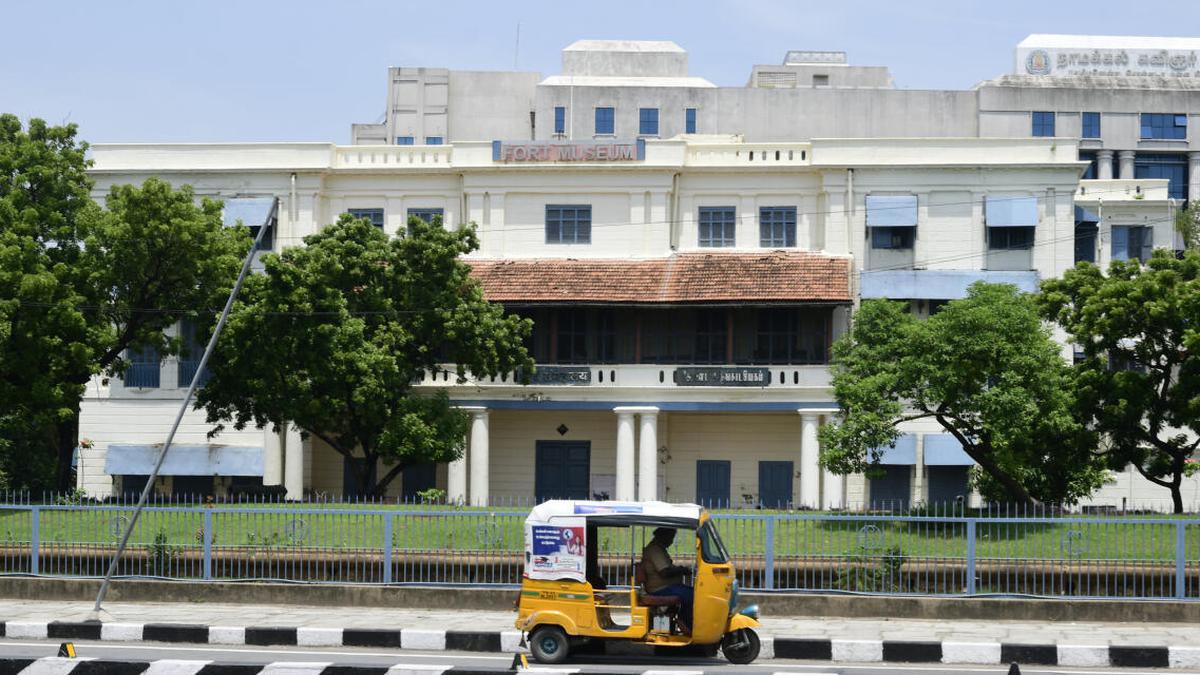
World Tourism Day | Explore Indo-Saracenic landmarks in Chennai’s George Town
The Hindu
From standing under the long arches of the Indo-Saracenic mould to walking over the deep shadows cast by architectural landmarks in the city’s Central Business District, we discover pockets of history untapped by modernity
As the yellow-green blur of a whizzing auto sweeps by, a string of jasmine lying on the sidewalk quivers from its impact.
The sidewalk faces the long, heavily guarded expanse of Fort St George, now home to the Tamil Nadu Legislative Assembly , Secretariat and a host of Government buildings. At one end of Rajaji Salai, the Indian tricolour atop the tall flag mast flutters with gusto like the bellows of a harmonium, giving music to this history-rich part of the city.
As we walk along the contours of the Fort with Sujatha Shankar, convenor of INTACH (Chennai chapter), she traces the brief period of French occupation in Madras between 1746 and 1749. During that time, the French flag flew across the cityscape. “Had it not been for the treaty of Aix–la-Chepelle when Quebec in Canada was exchanged for Madras in India, maybe the French would have continued to occupy the Presidency. It was only after Independence in 1947 that the steel flag post replaced the wooden post,” says Sujatha.
Beneath the flag is the three-square mile area of Fort St George. When two Englishmen, Francis Day and Andrew Cogan, sailed into Madras, the area was established as Fort St George because of a land grant by the Nayak of Poonammalle — a vassal of the Vijayanagara empire. This precinct comprises the church of St Mary’s and the Fort Museum which was originally the trade exchange house.
“Atop the Fort Museum we have the very first lighthouse of Madras. This would send a beacon of light into the ocean when ships sailed in and was used from about the 1700s to the mid-1800s,” says Sujatha.
The precinct also has the house where the Duke of Wellington lived, and what is today the office of the Archaeological Survey of India used to house Edward Clive and Robert Clive. The British and Armenians who had their living quarters within the Fort belonged to the White Town and north of the Fort was the Black Town — home to locals, porters and the working class.
Tracing the years













